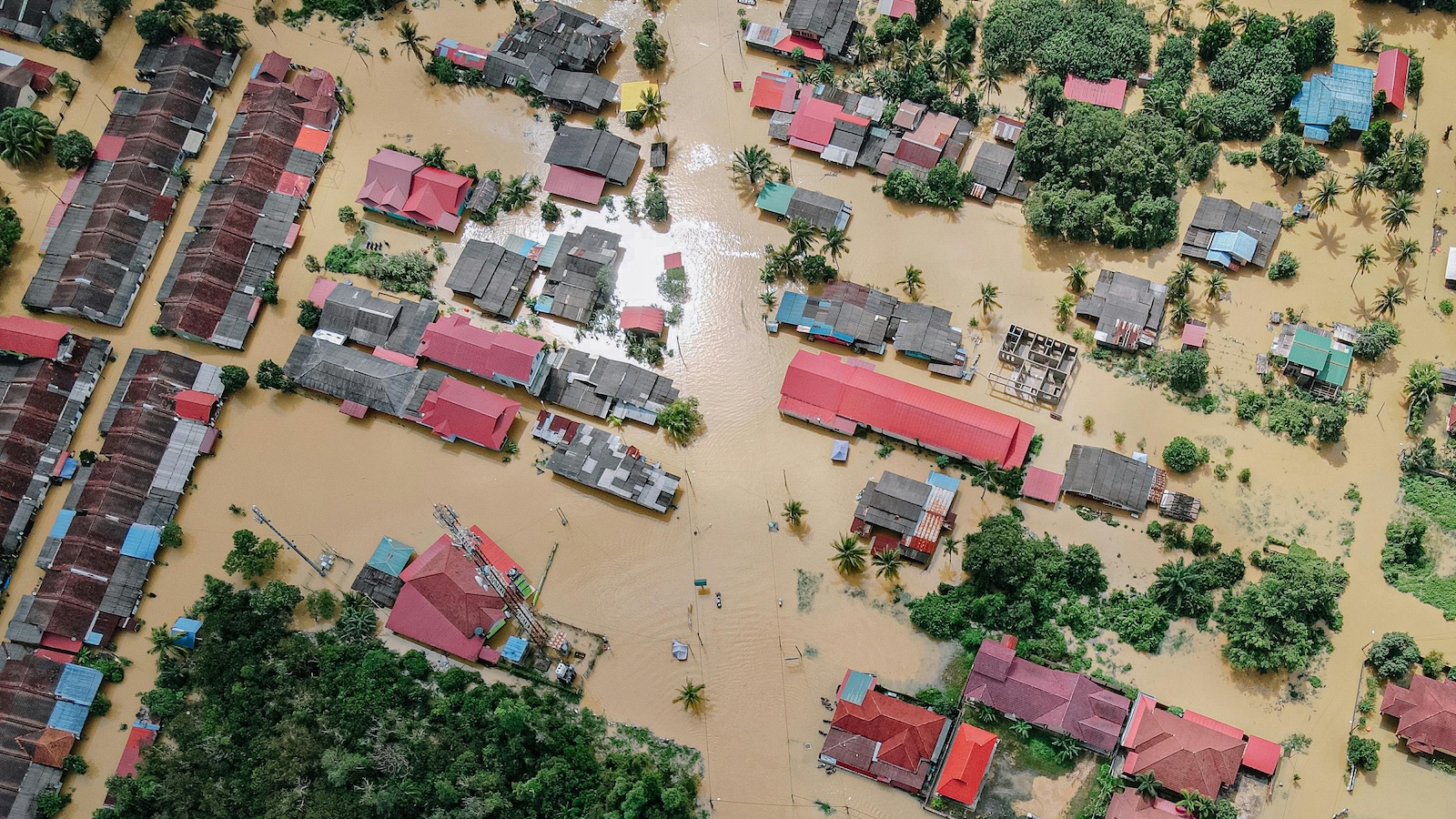The recent VIU by HUB Personal Insurance Marketplace Report and Rate Guide shows how broader economic trends affect premiums. Notably, the findings demonstrate that standard home and auto rate slowdowns are linked to cooling inflation, while rising rates for homeowners in disaster-prone areas stem from the increased frequency and cost of natural disasters.
With that data in mind, let's break down three of the biggest takeaways from our report:
1. Consumer expectations are rising amid rate fluctuations
Consumer expectations for comprehensive, affordable coverage are rising amid continuing rate fluctuations. While rate hikes may be stabilizing, volatility persists. Tariff announcements earlier this year created short-term disruption, but pricing has begun to level out; auto insurance premiums are moderating slightly, with the average increase closer to 10%.
Not surprisingly, on the property side, homeowners in catastrophe-prone areas still face steep increases. Regions at risk of wildfires, hurricanes, hail and convective storms will likely continue to see double-digit rate growth.
Flood policy counts are also rising as both public and private coverage evolves. As risks expand beyond traditional flood zones, pricing is increasingly tied to localized data.
All these factors have contributed to consumers feeling frustrated not only by rising costs but also by the complexity of an evolving insurance landscape. Insurance is no longer just an add-on to a home or car purchase – its cost makes it a major financial decision. This frustration is driving greater demand for clarity on coverage and costs, supported by neutral, expert guidance.
2. Embedded insurance shows customers that businesses care
Because insurance now occupies a larger share of consumer budgets, it's further affecting consumers' ability or willingness to make discretionary purchases. As a result, business leaders are asking: How can we help customers easily secure adequate, cost-effective coverage they feel good about?
The answer: enable customers to access insurance options through a licensed digital brokerage, either at or after point of sale, by embedding that brokerage's platform and expertise into a brand's sales process. At VIU by HUB, we call this brokerage as a service (BraaS). By partnering with a licensed brokerage, businesses can offer their customers multi-carrier solutions, paired with expert guidance, as part of the customer buying journey.
Think about it: when someone buys a car or applies for a mortgage, they're excited about their new car or home - insurance isn't top of mind. They're navigating a life event, and when it comes time to find insurance coverage, they likely need help. Embedding insurance options and expert advice before, during or after that purchase process is a convenient follow-through solution. For example, we recently worked with a top global automaker to integrate a digital insurance brokerage experience into its customer journey, giving customers a fast, trusted way to compare rates and receive licensed guidance across auto, home, motorcycle, renters and more.
The BraaS model places insurance within trusted shopping experiences and supplements it with live advisors, easy-to-understand choices and seamless operations. This doesn't just reduce confusion. It elevates customer satisfaction, increases revenue and brings long-term value to businesses seeking loyalty and repeat transactions.
3. The blend of human insight and AI efficiency benefits everyone
Artificial intelligence is evolving quickly and reshaping nearly every industry. Insurance brokerages are exploring how AI deepens understanding of customer needs to improve service, without sacrificing the critical element of human dialogue. We believe that, in the near-term, AI is most valuable when it enhances rather than replaces the human experience. For example, AI can be used to accelerate service by flagging life changes or analyzing documentation. It can also be used to give consumers more options and accessibility, such as after-hours service. But the role of empathy, judgment and trust cannot yet be replicated by algorithms. The future isn't human vs. AI – it's humans and AI. Our interactions use technology to support and enhance the human connection where it makes sense and in a way that consumers prefer.
What Comes Next
There's good news: price stabilization is beginning to take hold across some insurance sectors. Carriers are re-engaging in disaster-prone markets, even as rising claims costs, weather-related losses and increased repair costs remain real challenges.
The biggest shifts are consumer-driven. The insurance experience of tomorrow will be defined not by carriers' direct efforts, but by businesses meeting consumer expectations for convenience, clarity, compassion and capability. Embedded omnichannel brokerages are a powerful way to better serve those needs, enabling customers to access trusted insurance solutions as part of making the biggest purchases of their lives.







